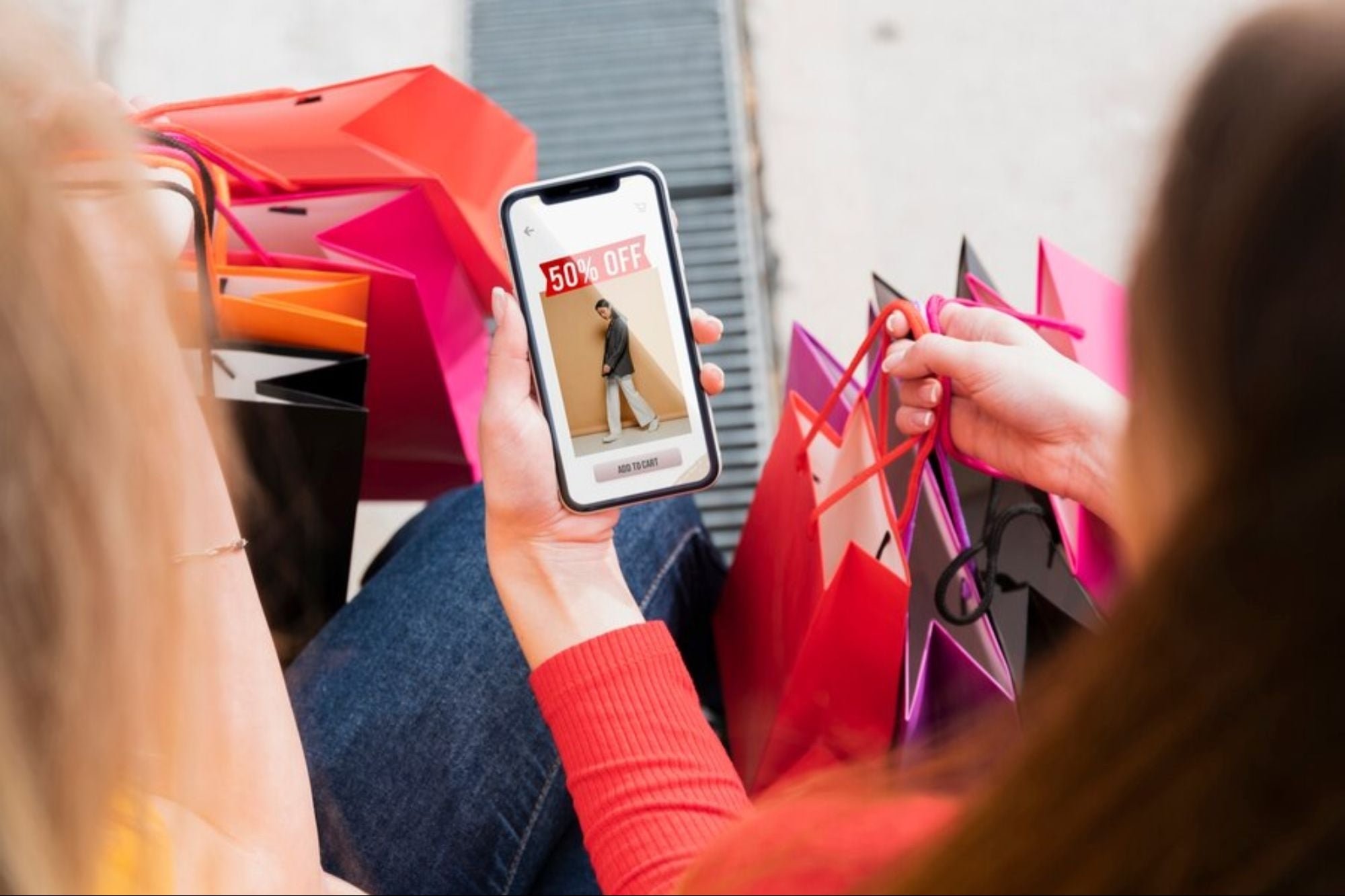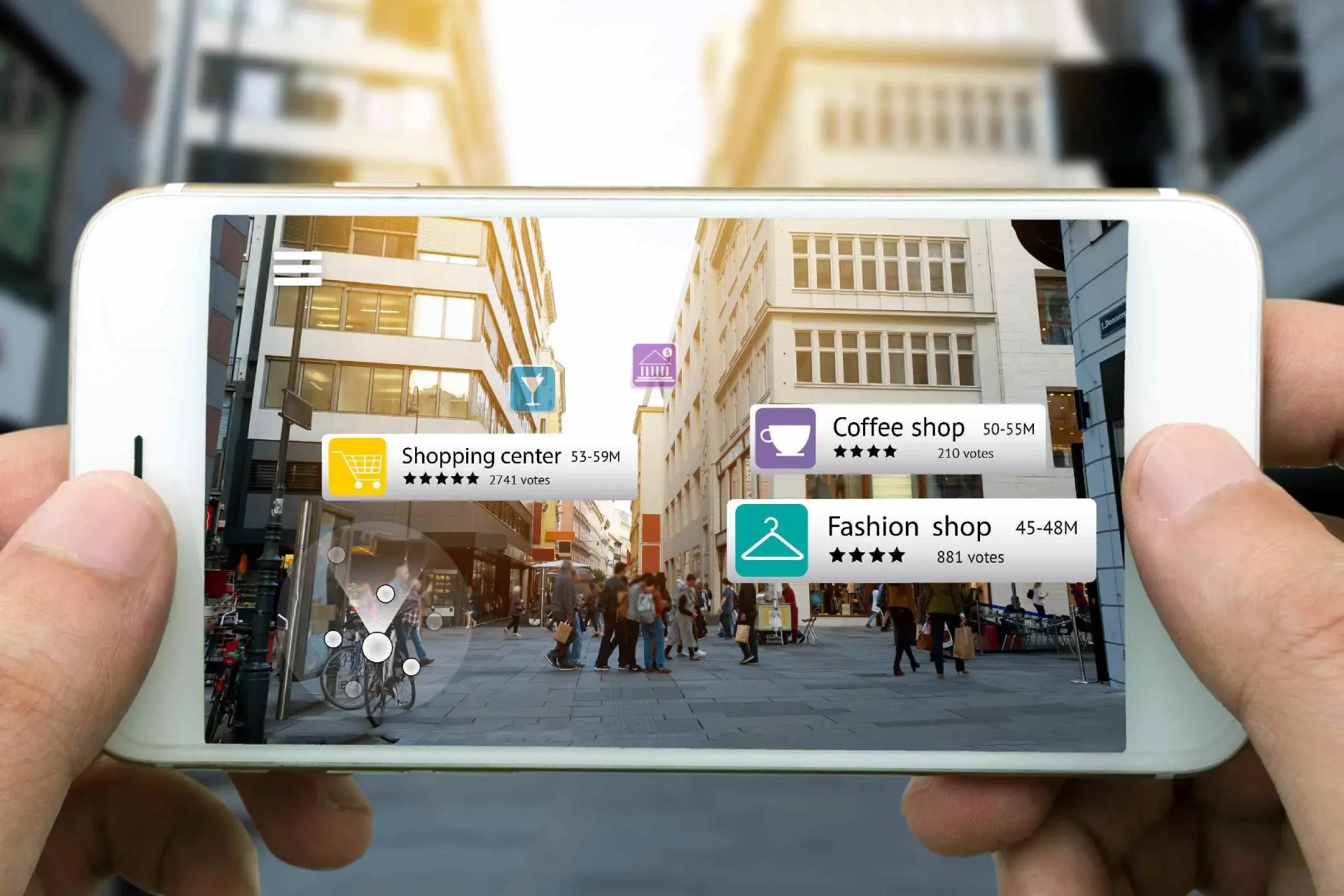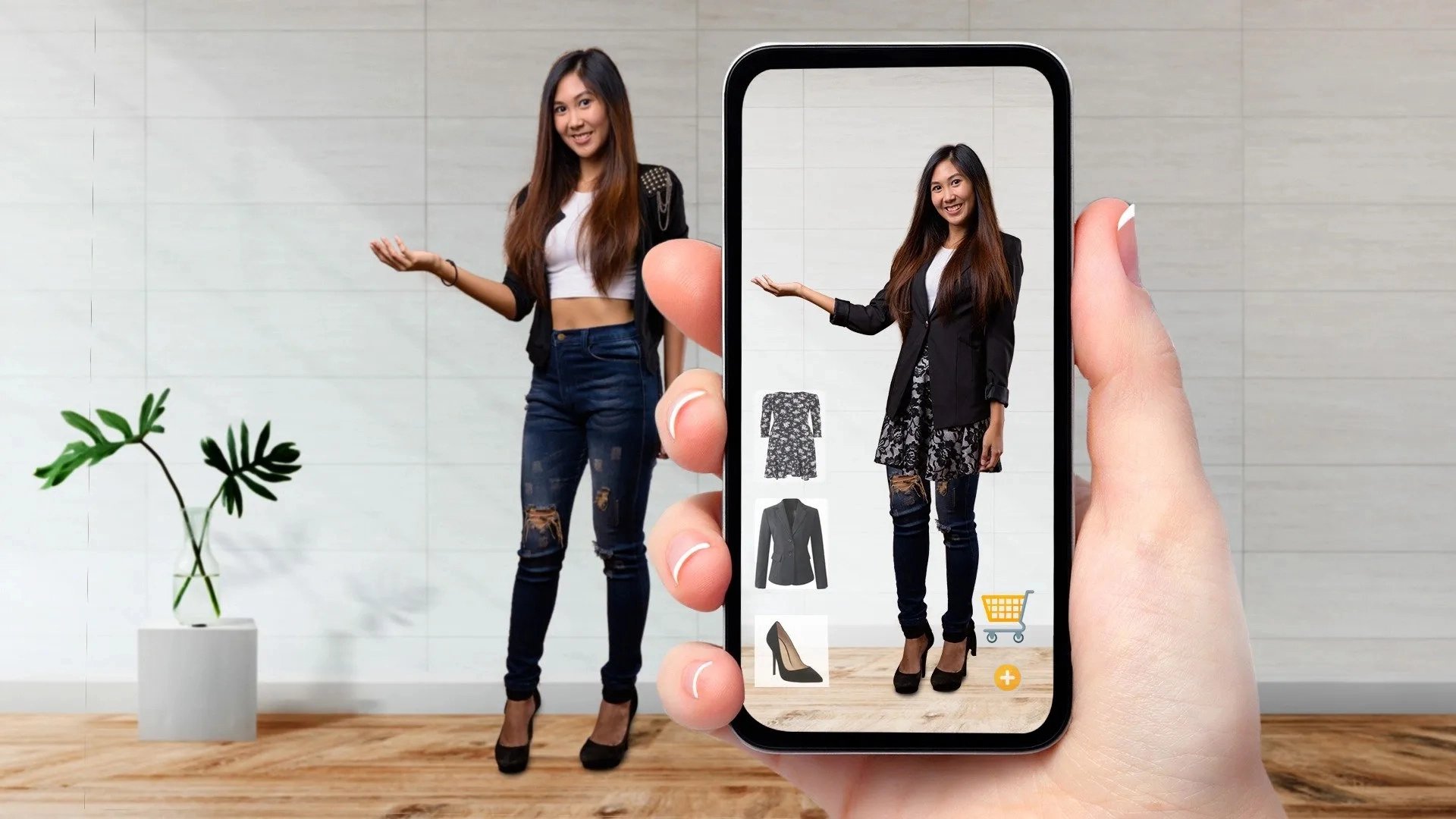
How Augmented Reality is Transforming Online Shopping
Augmented reality eCommerce is changing how shoppers engage with products online. Online shopping is growing fast. Retailers are using AR trends to connect physical and virtual stores. Interactive shopping lets customers see products in real-life settings before buying. This boosts engagement, cuts down on returns, and builds buyer confidence.
This guide looks at how augmented reality (AR) is changing online shopping. It covers the benefits, new trends, and tips for retailers who want to use AR in their business.
The Rise of Augmented Reality in Online Shopping
1. What is Augmented Reality (AR) in Retail?
- Augmented reality adds digital elements to the real world. You can use a smartphone, tablet, or AR headset for this.
- In eCommerce, AR helps users see products in 3D. They can try on clothes or accessories virtually. Also, it shows how furniture fits in their space.
- Brands like IKEA, Sephora, and Nike are pioneering AR-powered shopping experiences.
2. Why is AR Becoming Essential for Online Shopping?
- Bridges the gap between physical and digital retail by enhancing product visualisation.
- Increases customer confidence by allowing them to preview products before buying.
- Reduces return rates since shoppers make more informed decisions.
- Enhances engagement and interactivity, leading to higher conversion rates.
Benefits of Augmented Reality in eCommerce

1. Improved Customer Experience
- AR enables shoppers to interact with products in a way that static images and videos cannot.
- Virtual try-ons help customers make personalised choices, enhancing satisfaction.
- AR-powered chatbots and AI assistants provide real-time support and product guidance.
2. Higher Conversion Rates & Sales
- Interactive shopping experiences lead to longer engagement times.
- Studies show that AR shopping can increase conversion rates by up to 40%.
- Retailers leveraging AR see lower cart abandonment rates.
3. Reduced Product Returns
- A major challenge in online shopping is high return rates. This often happens because of size, fit, or expectation issues.
- AR reduces uncertainty by allowing customers to try before they buy.
- Retailers such as Warby Parker and Amazon use AR. This lets you try on eyewear and clothes virtually.
4. Enhanced Brand Loyalty & Engagement
- Immersive AR experiences create memorable interactions with brands.
- Gamification elements, like virtual store exploration, keep customers engaged.
- AR shopping apps encourage repeat visits, fostering brand loyalty.
AR Shopping Trends to Watch

1. Virtual Try-Ons for Fashion & Beauty
- AR mirrors and apps help customers see how clothes, makeup, and accessories look on them.
- Brands like Sephora and L’Oréal use AR for virtual makeup trials.
2. 3D Product Visualization for Home & Furniture Shopping
- IKEA and Wayfair use AR features. This lets users see furniture in their space before buying.
- Shoppers can assess size, colour, and compatibility with existing decor.
3. Augmented Reality for Footwear & Sports Gear
- Nike and Adidas use AR to scan foot dimensions for better sizing recommendations.
- Virtual shoe try-ons help customers choose the right fit and style.
4. AR-Enabled Interactive Packaging
- QR codes and AR labels on packaging offer more product details, tutorials, or promotions.
- Brands integrate AR into product packaging to create a more engaging post-purchase experience.
5. Social Media & AR Shopping Integration
- Platforms like Instagram, Snapchat, and TikTok enable shoppable AR experiences.
- Users can try on products directly through social media filters.
6. In-store AR for Hybrid Retail Experiences
- AR-powered kiosks in stores offer contactless product exploration.
- Customers can scan products to access AR-enhanced reviews, tutorials, and comparisons.
How Retailers Can Implement Augmented Reality in eCommerce

1. Develop an AR-powered Shopping App
- Build an app with virtual try-on features for apparel, accessories, and beauty products.
- Integrate AI-powered recommendations to enhance personalisation.
2. Offer Web-Based AR Features
- Use AR shopping tools that run in browsers. This means no app downloads are needed.
- WebAR enables instant product visualisation across all devices.
3. Invest in 3D Product Modeling
- Convert traditional product images into high-quality 3D models.
- Use AI to create dynamic, interactive product previews.
4. Enhance Social Commerce with AR
- Integrate AR filters and shopping tools into Facebook, Instagram, and Snapchat ads.
- Enable direct AR-powered purchases through social media platforms.
5. Leverage AI & Machine Learning for AR Personalization
- AI algorithms improve AR experiences by analysing user preferences.
- Machine learning refines AR product recommendations over time.
6. Provide In-Store Augmented Reality Enhancements
- Allow customers to scan barcodes in-store for AR product information.
- Use AR for interactive store navigation, helping shoppers locate items faster.
The Future of Augmented Reality in eCommerce
- AI-Driven AR Shopping Assistants: Virtual stylists and AI guides provide instant fashion advice.
- Smart Mirrors & AR Fitting Rooms: Physical stores will use interactive AR mirrors for touchless trials.
- AR-Powered Live Shopping: Retailers will host AR-enhanced live shopping events to showcase products.
- Voice-Controlled AR Shopping: AI-powered voice assistants will integrate AR for a hands-free experience.
- Metaverse & AR Retail: The metaverse will grow AR shopping. It will bring new virtual worlds and digital stores.
Case Studies: Brands Leading the AR Shopping Revolution
1. IKEA Place App
- Uses AR to let customers visualise furniture in their homes before purchase.
- Provides an immersive shopping experience, reducing uncertainty.
2. Sephora Virtual Artist
- AI-powered AR tool that allows users to try on makeup virtually.
- Increases online beauty sales by improving confidence in product selection.
3. Nike Fit App
- Scans feet using AR to recommend perfect shoe sizes.
- Reduces returns and enhances customer satisfaction.
4. Warby Parker Virtual Try-On
- Uses AR to help customers try on glasses via smartphone cameras.
- Improves the accuracy of online eyewear purchases.
5. Snapchat & AR Shopping Lenses
- Brands use AR filters for interactive product try-ons and advertising.
- Enables a fun, engaging, and shareable shopping experience.
Conclusion
The future of online shopping is more immersive, interactive, and personalised. This change is driven by augmented reality eCommerce. More retailers are using AR shopping. This change helps customers see products better. It lowers doubts about buying and makes shopping more fun.
Retailers that create interactive shopping experiences will shine in the crowded digital market. This can boost conversion rates and enhance customer satisfaction. Now is the time for brands to embrace AR and revolutionise the way consumers shop online!


